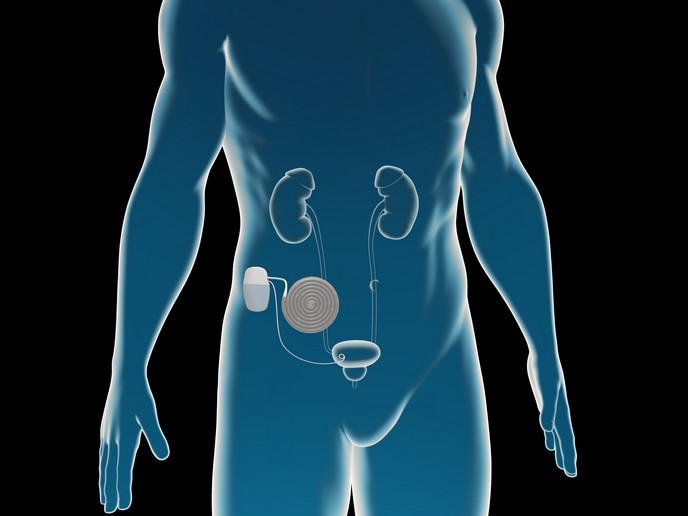New approach aims to lead to the development of cheaper, faster and more effective medicines and therapies
The cost of getting a new medicine to market is enormous: there is a need for cheaper, more effective medicines and medical devices. This requires approaches that reduce development times and enable key decisions to be made earlier in the development process, thereby avoiding failures in the later, more expensive clinical stages of development. The FutForm(opens in new window) project addressed this challenge by translating advanced analytical approaches developed by the University of Nottingham’s (UoN) School of Pharmacy(opens in new window) and embedding them into industrial practice for the development of future pharmaceutical processes and therapies. “This was achieved via a collaborative programme of researcher secondments with three small and medium-sized enterprises (SMEs),” states project coordinator Stephanie Allen.
Intersectoral collaboration
Each SME possessed early-stage innovative technologies in areas of importance for the pharmaceuticals and health care sector. These include enzyme formulations for improved cell isolation (Abiel srl, Italy)(opens in new window), nanoparticle platform formulations for oral and topical drug delivery (Inovapotek Lda, Portugal)(opens in new window) and hydrogel formulations for the treatment and repair of cartilage (Hy2Care B.V. Netherlands)(opens in new window). The initiative provided 20 researchers with the opportunity to acquire new skills and combine several disciplines through a work placement in a different country and sector. Furthermore, researchers seconded to the SMEs were equipped with the knowledge and insight into commercialisation of academic research. Similarly, the researchers seconded from the SMEs to the UoN gained exposure to state-of-the-art analytical approaches not available within their own company. For example, an aspect of the project with Abiel focused on the optimisation of the isolation protocols of cells from liver and heart (hepatocytes and cardiomyocytes, respectively) for improved drug screening and toxicity testing applications. “The production of recombinant collagenases enabled the possibility to generate a specific optimised formulation for each specific extraction process, with defined protocols for cell extraction. The benefits of the cell extraction process were evaluated in research projects based at UoN, focused on sensor development and drug delivery,” Allen explains.
Innovative technologies
Work conducted by Inovapotek concentrated on the development of new nanoparticle formulation/manufacturing methods for oral drug delivery by generating robust strategies for the manufacture of nano (and micro) particles with tuneable properties. Researchers developed optimised protocols and evaluated particles as a potential drug-delivery system for insulin via the oral route. Other activities resulted in the creation of new protocols for producing and evaluating nanoparticles for transdermal drug delivery, with novel approaches to evaluate the delivery of actives to the skin (including vitamin C). According to Allen, the activities with Hy2Care focused on gaining an improved understanding of the key components of their injectable hydrogel technology for cartilage repair. “Improved characterisation of the polymeric components and the enzyme required for crosslinking, for example, enabled optimisation of the formulation. Recent secondments have centred on exploring how the presence of cells modifies the properties of the hydrogel,” she comments. The participation of UoN and the industrial SME partners in the consortium therefore provided the project with a wealth of innovative research, world-class infrastructure and expertise in pharmaceutical development and analysis. “FutForm developed several distinct technologies, but they all furthered application of advanced analytical approaches to a pressing commercial need,” Allen concludes.







